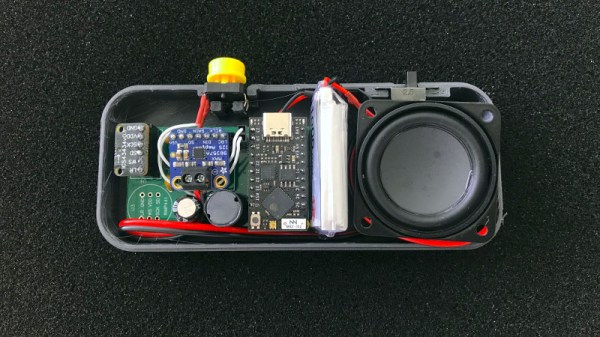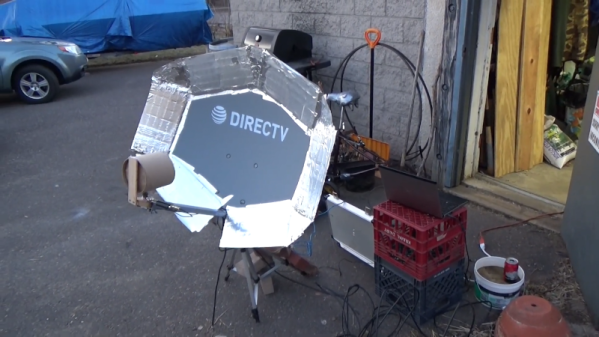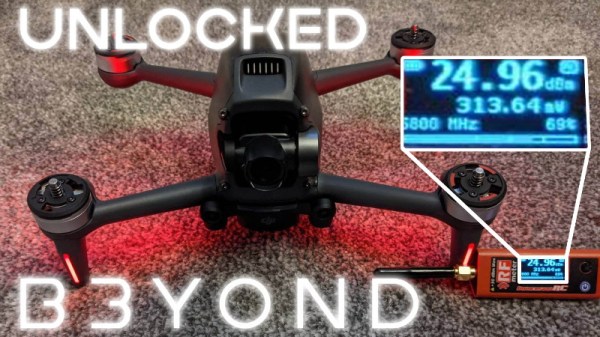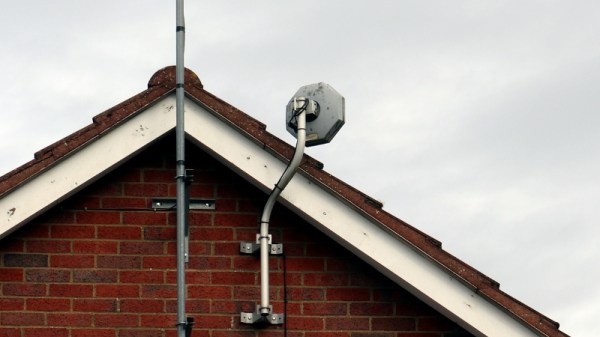Most uses of high-altitude balloons are fairly simple: send balloon up, have it beam down measurements and images. While this is indeed straightforward, it is also very limiting. This is why [Dave Akerman] has been working on adding to the HAB balloons he regularly flies. This builds on the work [Dave] did back in 2015 with adding LoRa transceiver RF communication.
Since LoRa transceivers are by definition capable of bidirectional communication, this was very useful for adding simple but essential features such as retransmission of data in case e.g. part of some image or telemetry data is missing. Other interesting things one can do with bidirectional transmission include controlling individual balloons, and having them transmit or relay information between balloons.
A tricky thing which [Dave] describes in the blog post is making sure that both ends of the connection are actually listening using timing settings. The use of encryption is also strongly recommended, unless you want to risk someone hijacking your balloons. This has now all been implemented in the HAB Explora app for Android, as well as the application for Windows.
Header image: Antonino Vara, CC BY 4.0.




















